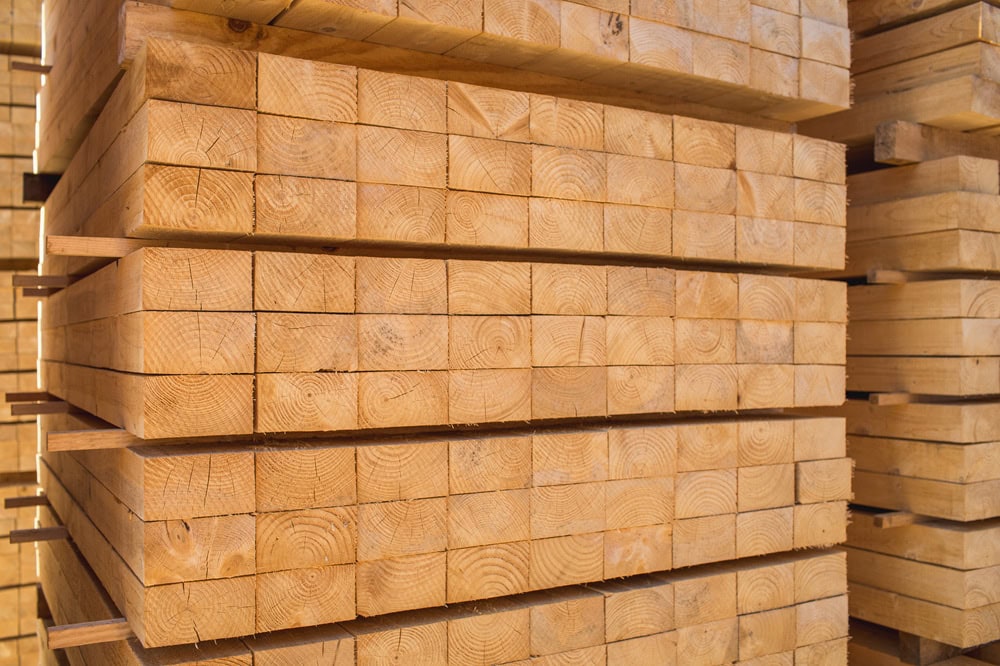Timber frame construction is one of the fastest-growing methods of housebuilding and commercial property development in the UK. This seems like an odd statement given that timber frame construction has been a traditional method of building for centuries, but 21st-century timber construction is a world away from the methods used in the past.
What’s driving the growth of timber frame construction?
Lowering carbon emissions and protecting the environment are the primary reasons why construction methods are changing.
Producing building materials such as masonry and steel are damaging to the environment so to achieve the government target of net zero by 2050, the industry has had to change.
Timber frame is now widely seen as the material of choice for future construction. As a renewable resource, timber has a low environmental impact and through modern methods of construction, timber frame is also helping to improve build times and reduce costs.
How does timber frame benefit the environment?
Sequestered carbon in trees is a gift of nature. Trees naturally capture and store carbon dioxide which helps to reduce greenhouse gas emissions. Even when trees are harvested, the carbon stays trapped in the wood.
FACT: Every cubic metre of timber saves 0.8 tonnes of C02 so a typical home that we build saves around 4 tonnes of carbon dioxide.
Timber is also an organic, renewable resource. Target timber sources its timber from certified sustainable European forests that grow annually by around 3,500 square miles. Every tree harvested is replaced with two new saplings.
Timber frame construction improves energy efficiency
Timber is naturally warm and has unique insulating qualities that improve energy efficiency.
Closed panel timber frames help to lower energy use by retaining heating and cooling.
Target Timber’s closed panel timber frames achieve some of the lowest U-Values possible, down to 0.1718 W/m²K, including the outer brickwork.
When combined with renewable heating technologies, timber frame properties are the most energy-efficient and eco-friendly.
Timber frame construction reduces costs
Unlike traditional building methods, timber frame systems are fully prefabricated offsite. This controlled environment ensures minimum waste and speeds up construction time. An entire house can be prefabricated in less than 12 weeks and fully constructed in days, saving labour costs, time, and money.
Timber frame construction is creating long-term job opportunities
The growth of timber frame construction is creating new job opportunities in timber processing, timber frame production, carpentry, joinery, quality, and project management.
The growth in offsite timber frame manufacturing is also creating job opportunities in towns and rural areas across the UK which in turn injects money into local communities.
Timber frame construction is a sustainable, eco-friendly, and economically advantageous method of building modern homes and commercial properties.
Above all, sustainably grown trees, with their valuable ability to sequester and retain carbon, will enable us to build environments that are harmless to the planet and ensure that future generations can live and work in harmony with nature.
Related articles:
How long does it take to build a timber frame house?
What type of buildings can timber frames be used for?
Can we quote for your building project? Please get in touch.


